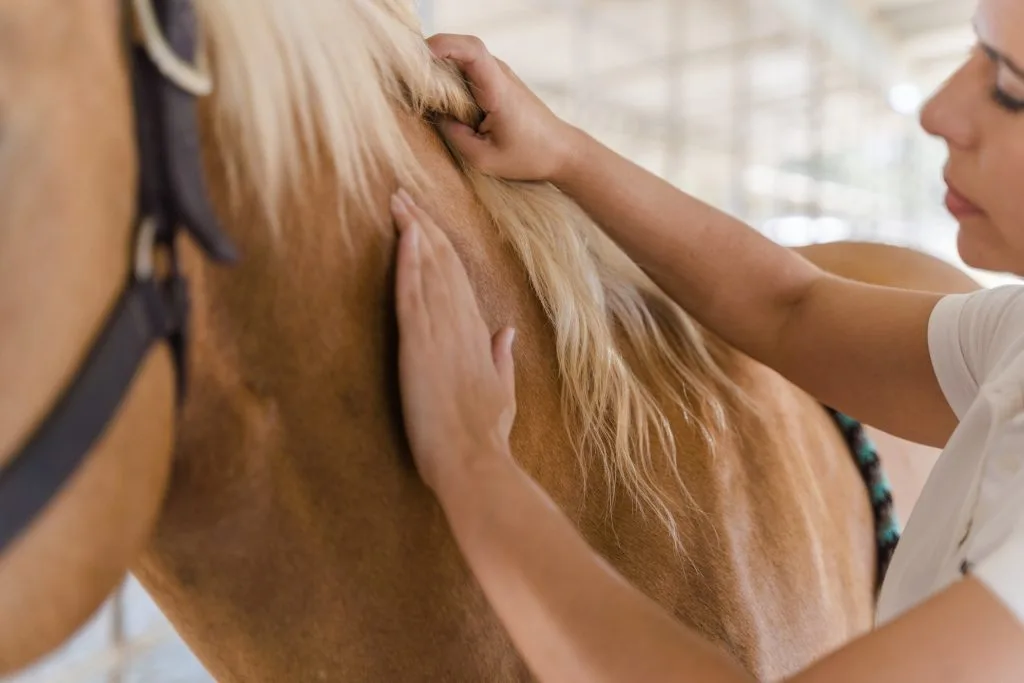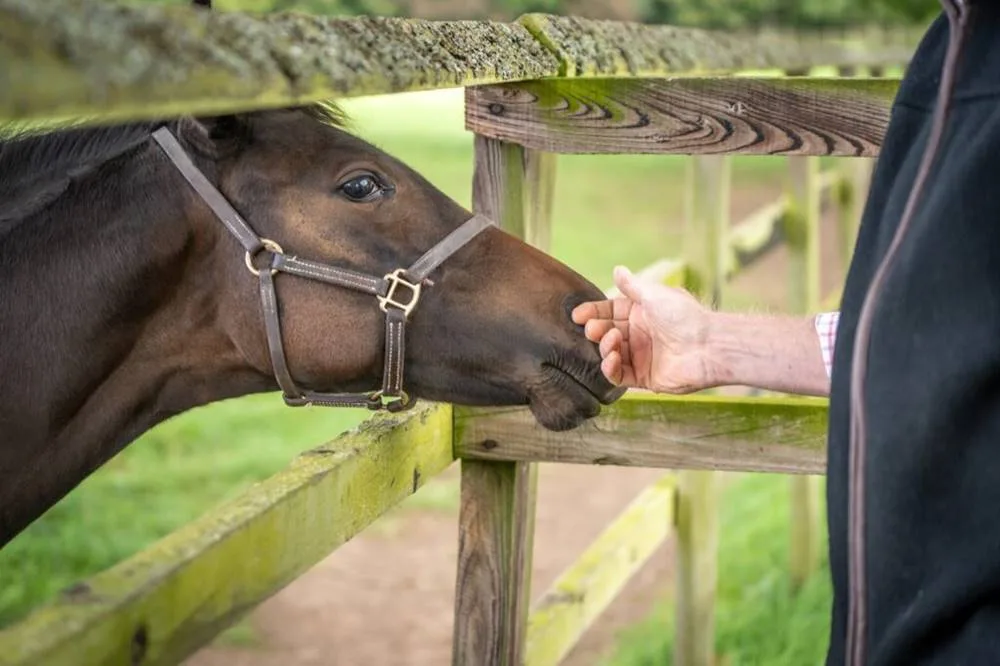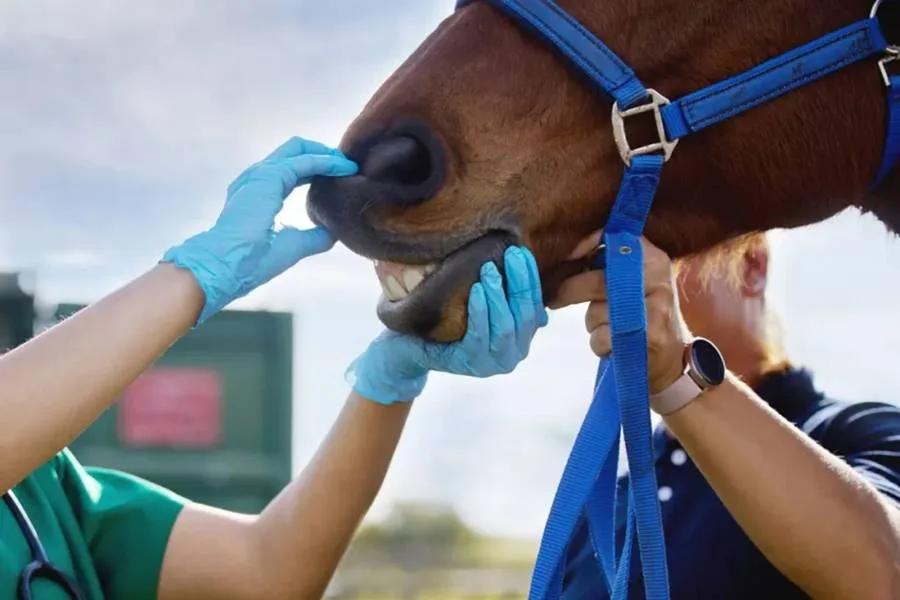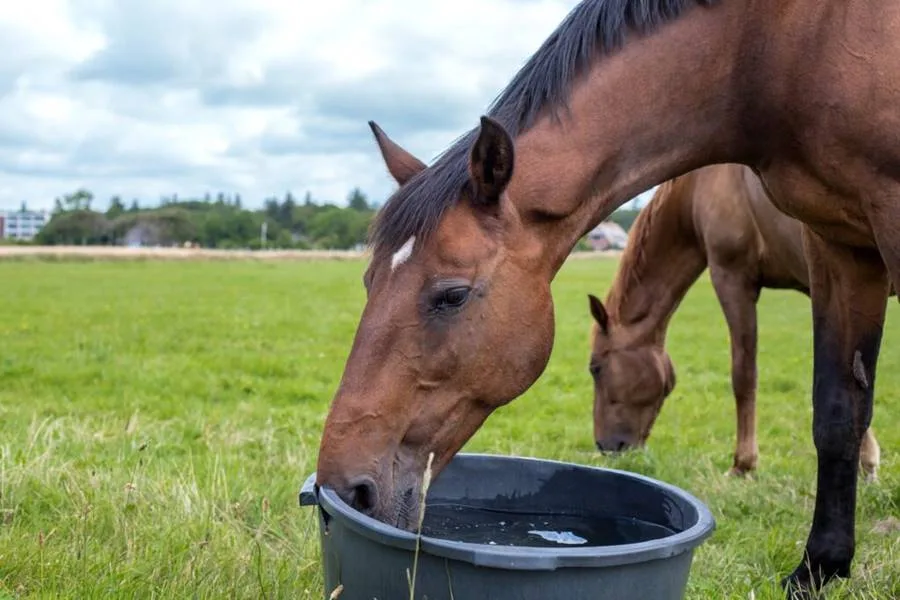How to Massage Your Horse: A Comprehensive Guide
Massaging your horse can be a wonderful way to enhance their well-being, improve their performance, and strengthen your bond. Whether you’re an experienced equestrian or a horse owner new to the practice, learning how to properly massage your horse is a valuable skill.
The Benefits of Massaging Horse
- Improved Circulation: Massage stimulates blood flow, which can help with muscle recovery and overall circulation.
- Increased Flexibility: Regular massage can help maintain and improve the flexibility of your horse’s muscles and joints.
- Pain Relief: It can alleviate muscle soreness, stiffness, and tension, contributing to a more comfortable horse.
- Stress Reduction: The calming effect of massage helps reduce stress and anxiety, making your horse more relaxed and focused.
- Enhanced Performance: By addressing muscular issues and improving relaxation, massage can potentially enhance your horse’s performance and endurance.
Basic Techniques for Equine Massage
- Warm-Up: Before starting, gently rub your horse’s body to warm up their muscles and get them accustomed to your touch.
- Effleurage: This technique involves light, gliding strokes with the palms of your hands. It helps warm up the muscles and relax the horse. Use this technique along the large muscle groups, such as the back and shoulders.
- Petrissage: This technique involves kneading the muscles. Apply gentle pressure using your fingers and thumbs to lift, squeeze, and release the muscles. It helps in loosening tight spots and improving muscle tone.
- Friction: Use your fingertips to make small, circular motions on specific areas of tension. This technique helps to break down knots and increase blood flow to the area.
- Tapotement: Lightly tapping or drumming on the muscle with your fingers can stimulate circulation and energize the horse. Be gentle and rhythmic to avoid startling or discomforting the horse.
- Stretching: Gently stretch your horse’s legs and neck to improve flexibility and range of motion. Ensure that the stretches are done slowly and without forcing the limbs.
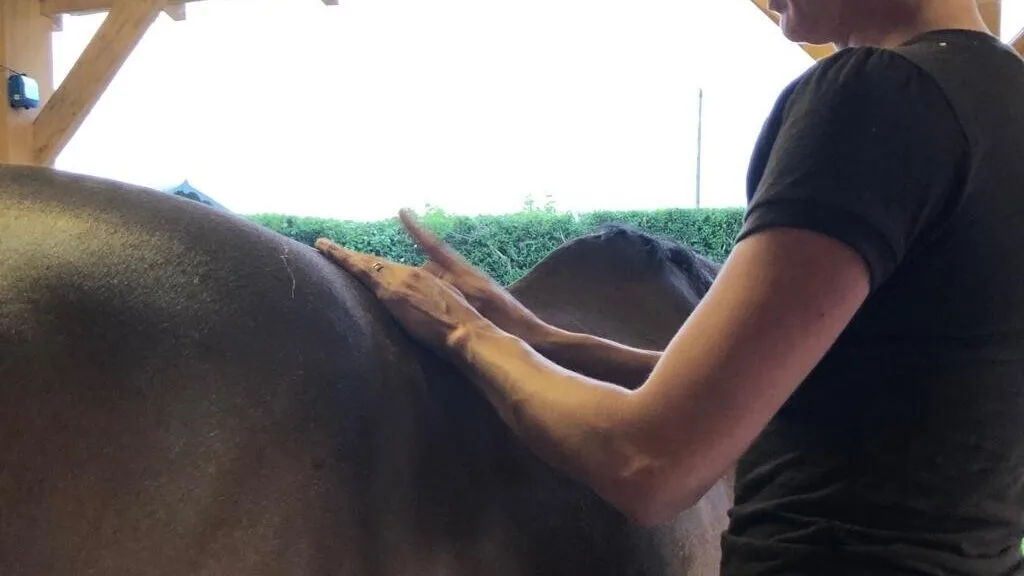
Steps to a Successful Massage Session
- Create a Calm Environment: Choose a quiet and comfortable space where your horse feels relaxed. A calm environment will help both you and your horse to focus and enjoy the massage.
- Assess Your Horse: Before starting, feel for any areas of soreness or tension. Pay attention to how your horse responds to your touch; this will guide you in adjusting your pressure and technique.
- Use Proper Body Mechanics: Maintain good posture and use your body weight rather than just your hands to apply pressure. This approach helps in delivering a more effective massage and reduces fatigue on your part.
- Be Attentive: Watch your horse’s reactions carefully. If they seem uncomfortable or flinch, adjust your technique or pressure accordingly. Communication and responsiveness are key to a successful massage.
- Duration and Frequency: Start with shorter sessions (10-15 minutes) and gradually increase as your horse becomes accustomed to the massage. Regular sessions, 2-3 times a week, can be beneficial for maintaining your horse’s muscle health.
- Post-Massage Care: After the massage, allow your horse some time to relax and process the session. Provide plenty of water and observe your horse for any signs of stiffness or soreness, which can be normal but should be monitored.
Safety and Considerations
- Consult a Professional: If you’re unsure about any technique or if your horse has specific health concerns, consult with a professional equine massage therapist or veterinarian.
- Know Your Horse’s Limits: Always be mindful of your horse’s comfort level. Avoid massaging areas with obvious injuries or discomfort without professional guidance.
- Stay Informed: Continuing education about equine anatomy and massage techniques will improve your skills and the effectiveness of your sessions.
Massaging your horse can be a highly rewarding practice that contributes to their overall health and well-being. By learning and applying proper techniques, you not only support your horse’s physical condition but also build a deeper connection with them. Whether you’re looking to soothe sore muscles, improve performance, or simply show your horse some extra care, massage is a valuable tool in equine care.

